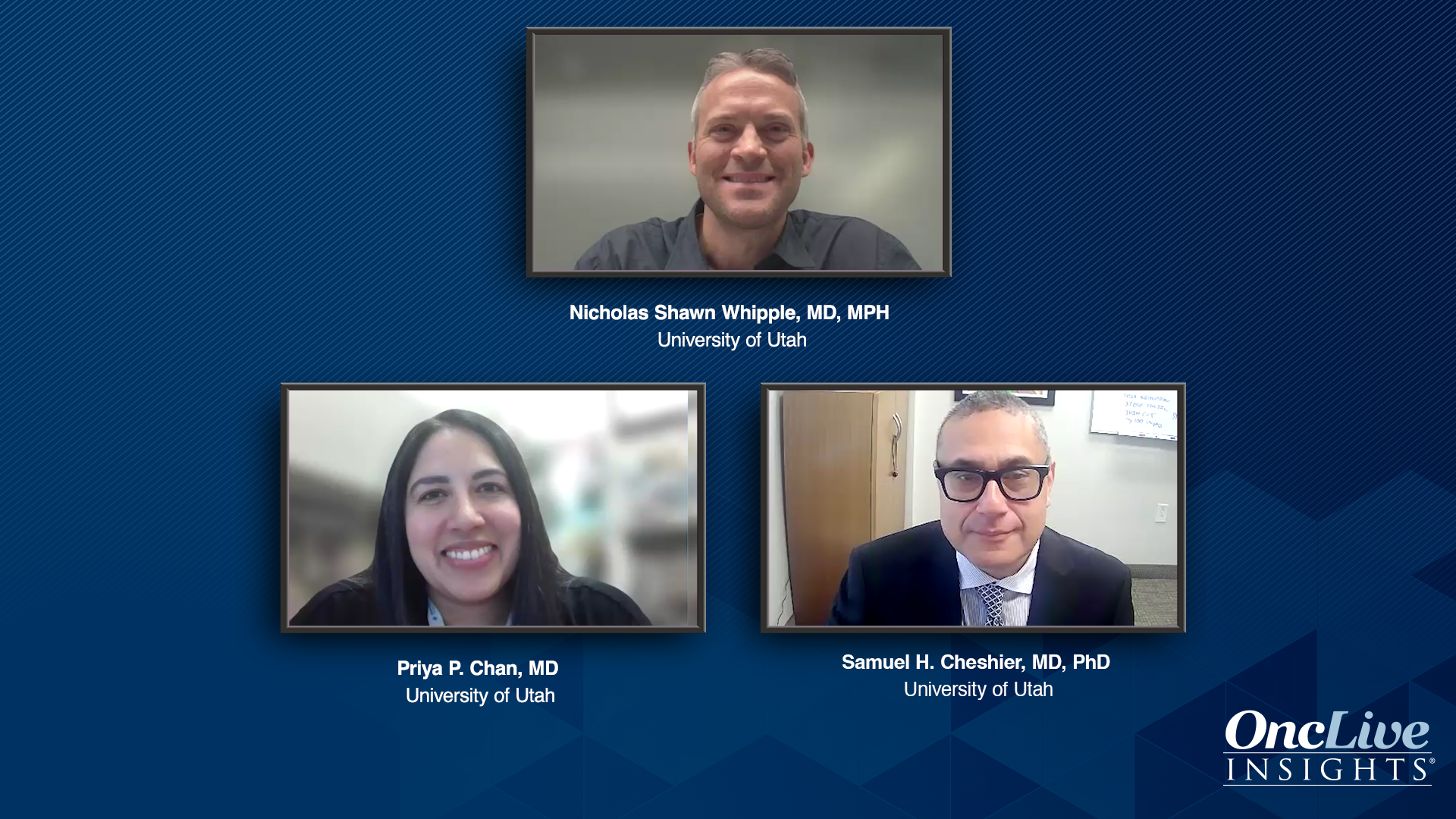Insights and Essential Considerations in pLGG Management
September 25, 2025 | by magnews24.com

Pediatric Low-Grade Gliomas (pLGGs): Advancements in Treating the Most Common CNS Tumor in Children
Pediatric low-grade gliomas (pLGGs) represent a vital and intricate area in pediatric oncology, characterized as the most prevalent central nervous system tumor affecting children. Recent advancements in this field have illuminated a pathway toward diverse treatment options, with ongoing research efforts continually refining our understanding of the tumor’s underlying molecular biology. These developments are crucial, as they enable healthcare providers to offer tailored therapeutic strategies that address the unique needs of each patient.
The current treatment landscape for pLGGs is notable for its emphasis on individualized care. Bridging the gap between medical protocols and the specific preferences of patients and their families necessitates collaboration among clinicians, caregivers, and the youths themselves. Such cooperative engagement is essential in formulating treatment plans that are not only effective but also align with the family’s values and life circumstances. This patient-centered approach is of paramount importance in managing a condition fraught with complexity.
Moreover, the precision of contemporary therapies allows for treatments to be adapted based on several patient-specific factors, including the tumor’s genetic profile, the child’s overall health, and familial context. This adaptability is invaluable; it provides clinicians with the flexibility to optimize interventions that balance efficacy against treatment-related burdens. Guided by the latest advancements in medical research, there remains significant potential for further enhancement of treatment modalities, thereby improving outcomes for these young patients.
Despite ongoing challenges within this domain, the trajectory of pLGG treatment continues to be one of optimism. Breakthroughs in clinical and basic science research are paving the way for more refined therapies, offering new hope for children battling these tumors. This evolution fosters a renewed sense of determination among healthcare teams dedicated to the long-term welfare of their patients. The collaborative nature of care—multi-disciplinary teams working alongside families—underscores a collective commitment to navigating this complex disease landscape.
As we look ahead, appreciation must be extended to all who contribute to this vital work. The tireless efforts of researchers, clinicians, and families are tangible and meaningful, significantly impacting the lives of children facing these tumors on a daily basis. The continuous pursuit of knowledge and innovation in the area of pediatric low-grade gliomas not only enhances treatment efficacy but also fosters hope for brighter futures.
RELATED POSTS
View all



